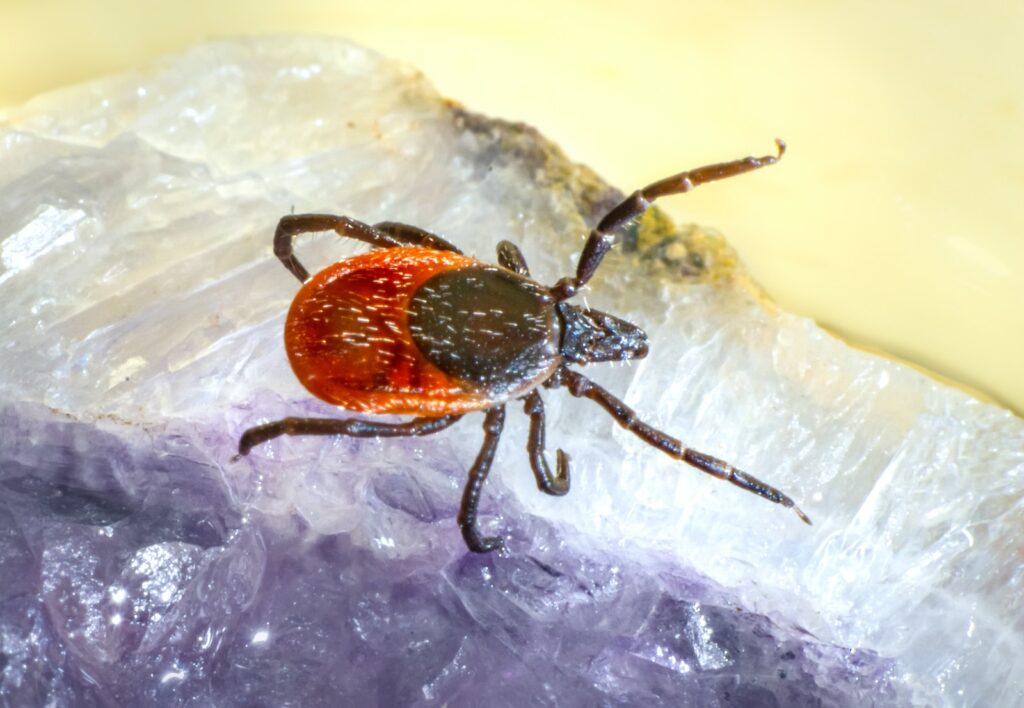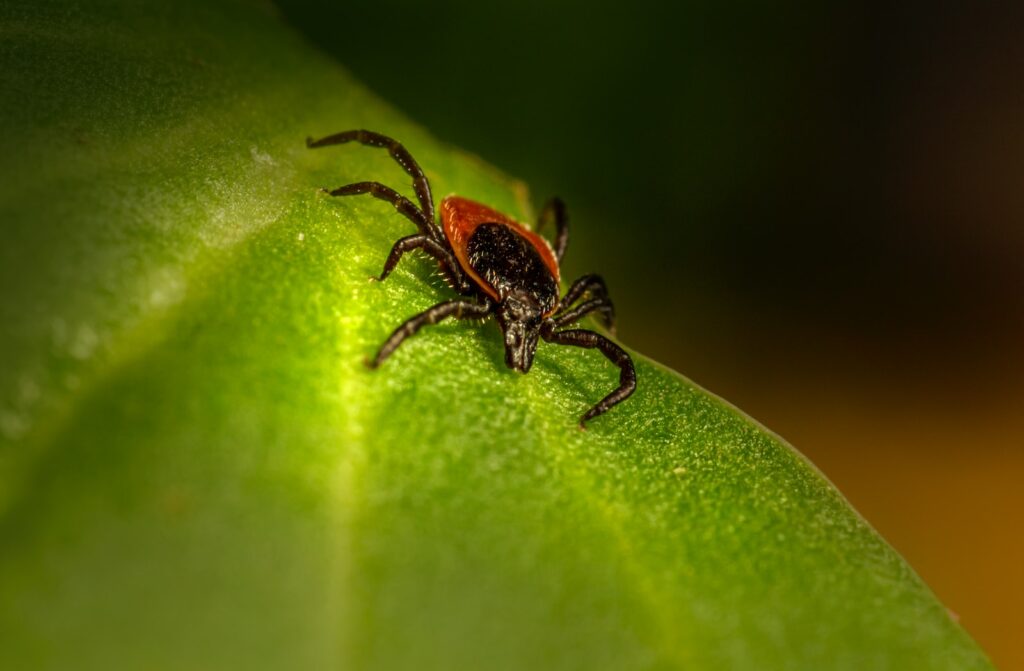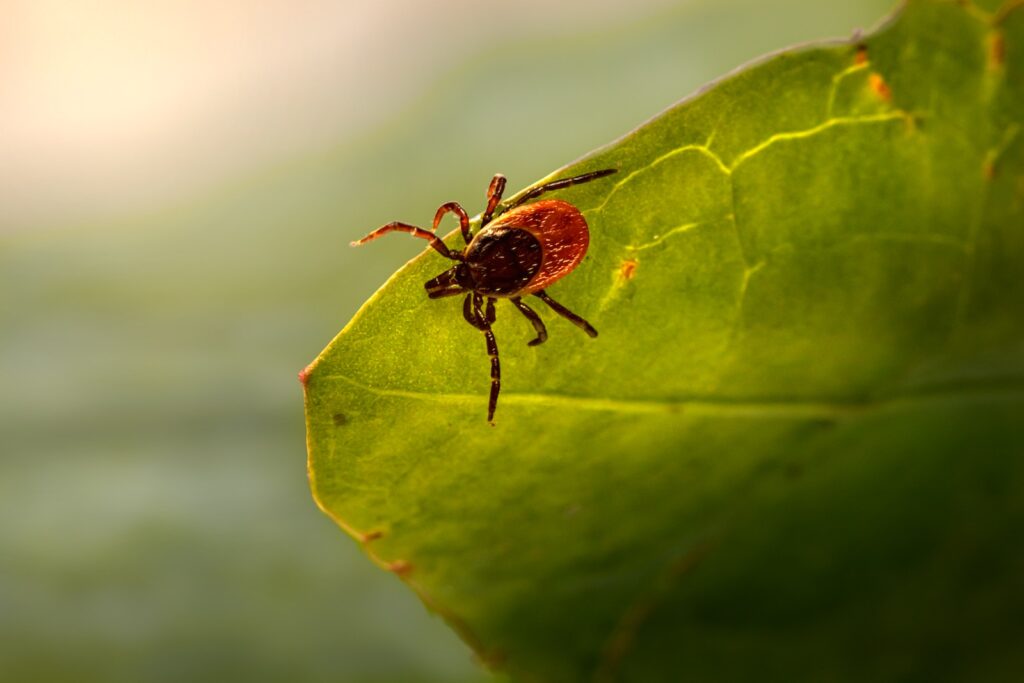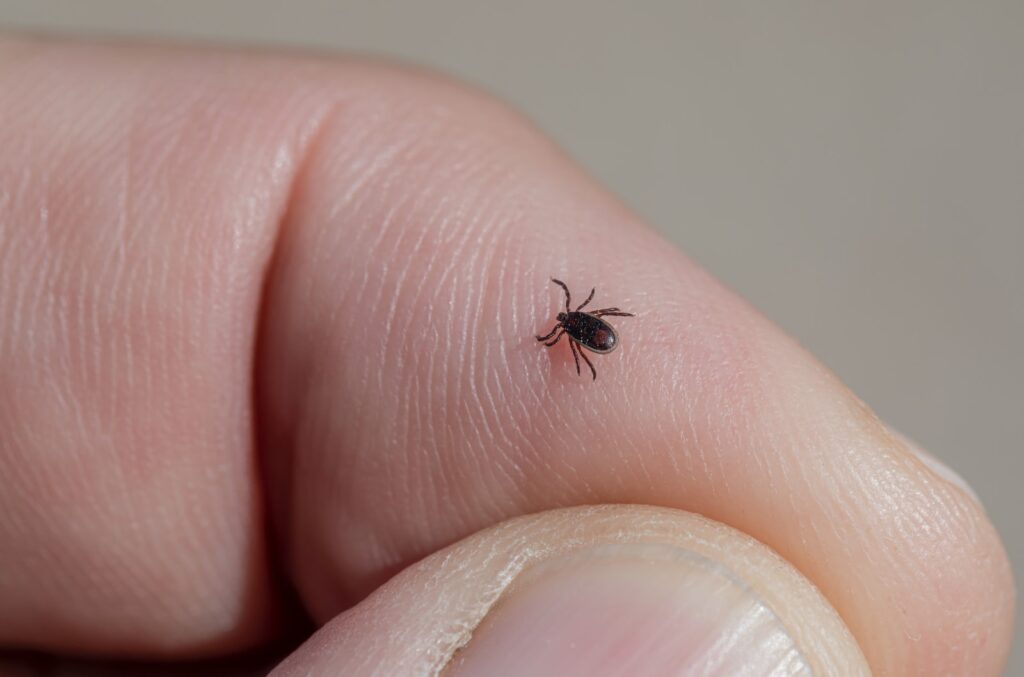Introduction
Ticks have been a long-standing concern for residents and visitors in New York City. With the influx of new tick species and the rise in tick-borne diseases, it is crucial to stay informed and take necessary precautions. This article aims to provide insights into the tick populations in New York City and offer advice on how to protect oneself.

The Arrival of New Tick Species
In recent years, New York City has seen the introduction of new tick species, thanks to migrating birds and other factors. One such species is the Asian longhorned tick, which was first detected in the United States in 2017. Unlike other ticks, the Asian longhorned tick is not deterred by mowed grass or direct sunlight, and its females can reproduce asexually. This has led to their rapid multiplication and establishment in areas like the Bronx and Staten Island. While this tick species has not been linked to the spread of any human diseases in the United States, it is known to transmit a deadly hemorrhagic fever in East Asia.
Another new species that has made its way to New York is the Gulf Coast tick. Researchers believe that these ticks probably hitched rides on migratory birds. Gulf Coast ticks have been found in growing numbers at Fresh Kills in Staten Island. While these ticks carry a pathogen that causes a form of spotted fever, there have been no reported cases of transmission to humans in New York so far.
The Rise in Tick-Borne Diseases
For decades, Lyme disease has been the primary public health threat from ticks in New York City. However, new tick-borne pathogens such as Bourbon and Heartland virus have been detected in New York State. Additionally, rare tick-borne illnesses like babesiosis are infecting more people year by year. The blacklegged tick, often called the “deer tick,” has been the primary carrier of Lyme disease. However, with the introduction of new tick species, experts are rethinking their advice for avoiding tick bites.

Understanding Tick Behavior
Ticks are known for their ability to latch onto hosts for blood meals. The life cycle of a tick involves several blood meals at different stages. Ticks wait on grass blades and leaves with their top two legs aloft, ready to climb aboard the next passing creature. Interestingly, some ticks, like the lone star tick, are known to be more aggressive and can even crawl towards potential hosts.
Staying Safe: Prevention and Precautions
With the rising tick populations and the introduction of new species, it is essential to take preventive measures to avoid tick bites. The New York State Health Department recommends performing a full body check multiple times during the day, especially if you have spent time outdoors. This change in recommendation was prompted by the increase in cases of a rare tick-borne illness called Powassan virus, which can be transmitted if a tick is attached for even just 15 minutes.
It is also advisable to wear protective clothing and use tick repellents when venturing into areas where ticks are prevalent. Keeping the grass mowed and avoiding tall grasses can also reduce the risk of tick exposure.




Conclusion
While the tick populations in New York City are evolving, staying informed and taking preventive measures can significantly reduce the risk of tick bites and tick-borne diseases. It is essential to remain vigilant, especially during the tick season, and to consult a healthcare provider if you suspect that you have been bitten by a tick. Through awareness and precaution, we can ensure a safer environment for ourselves and the community.








